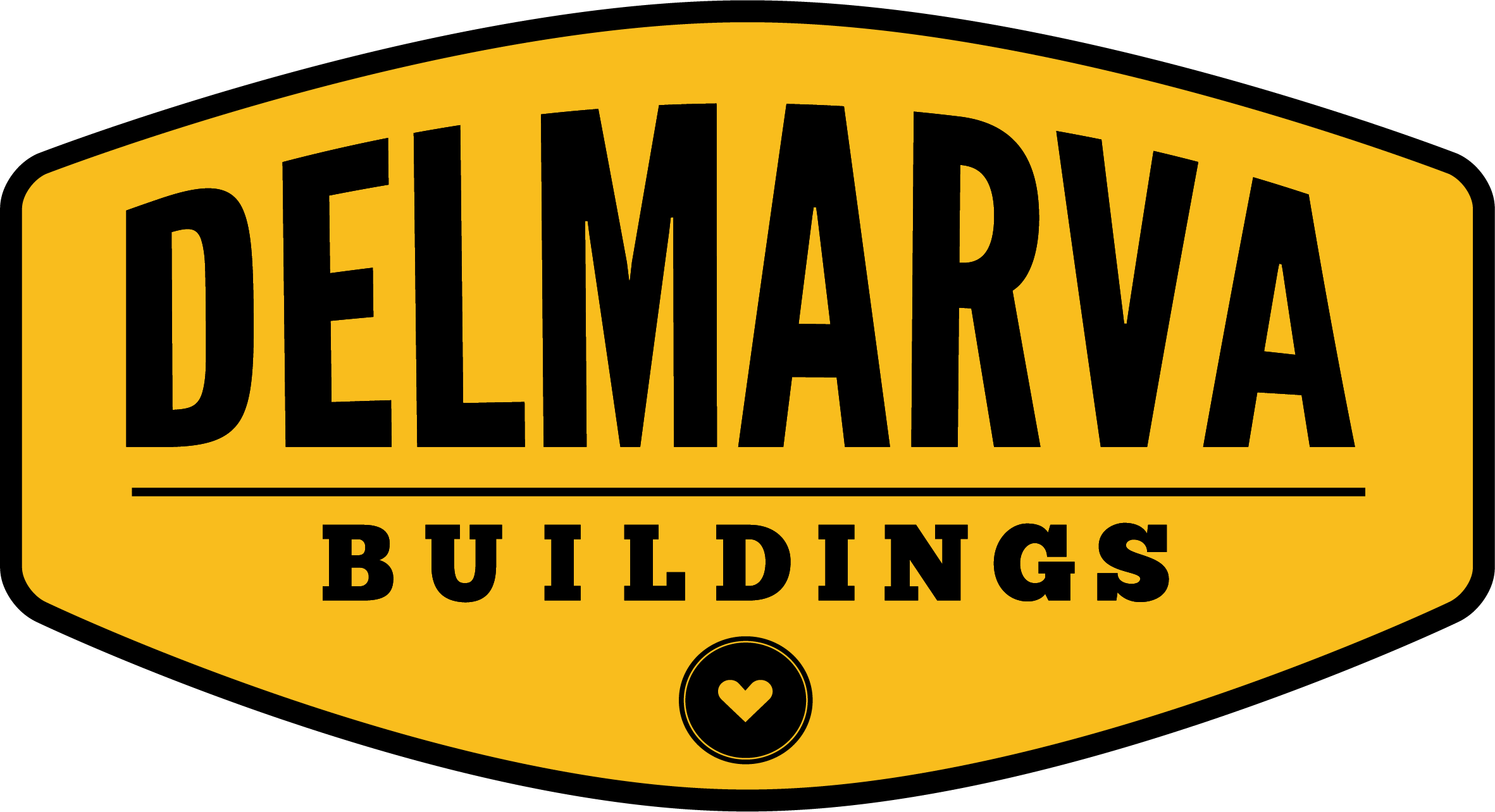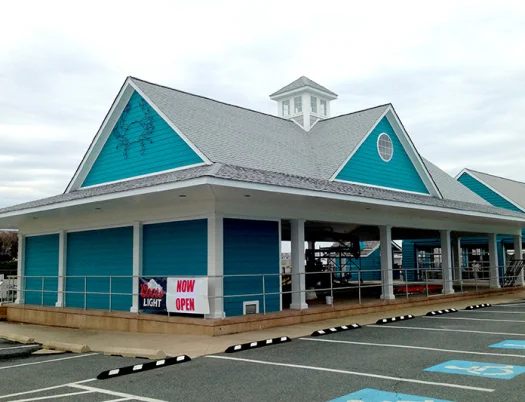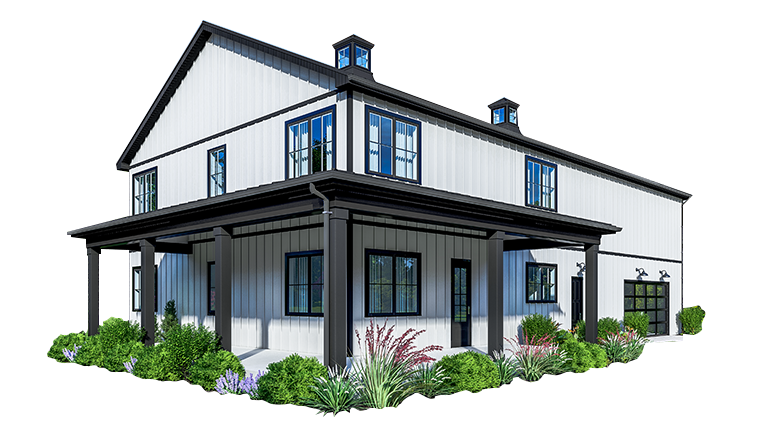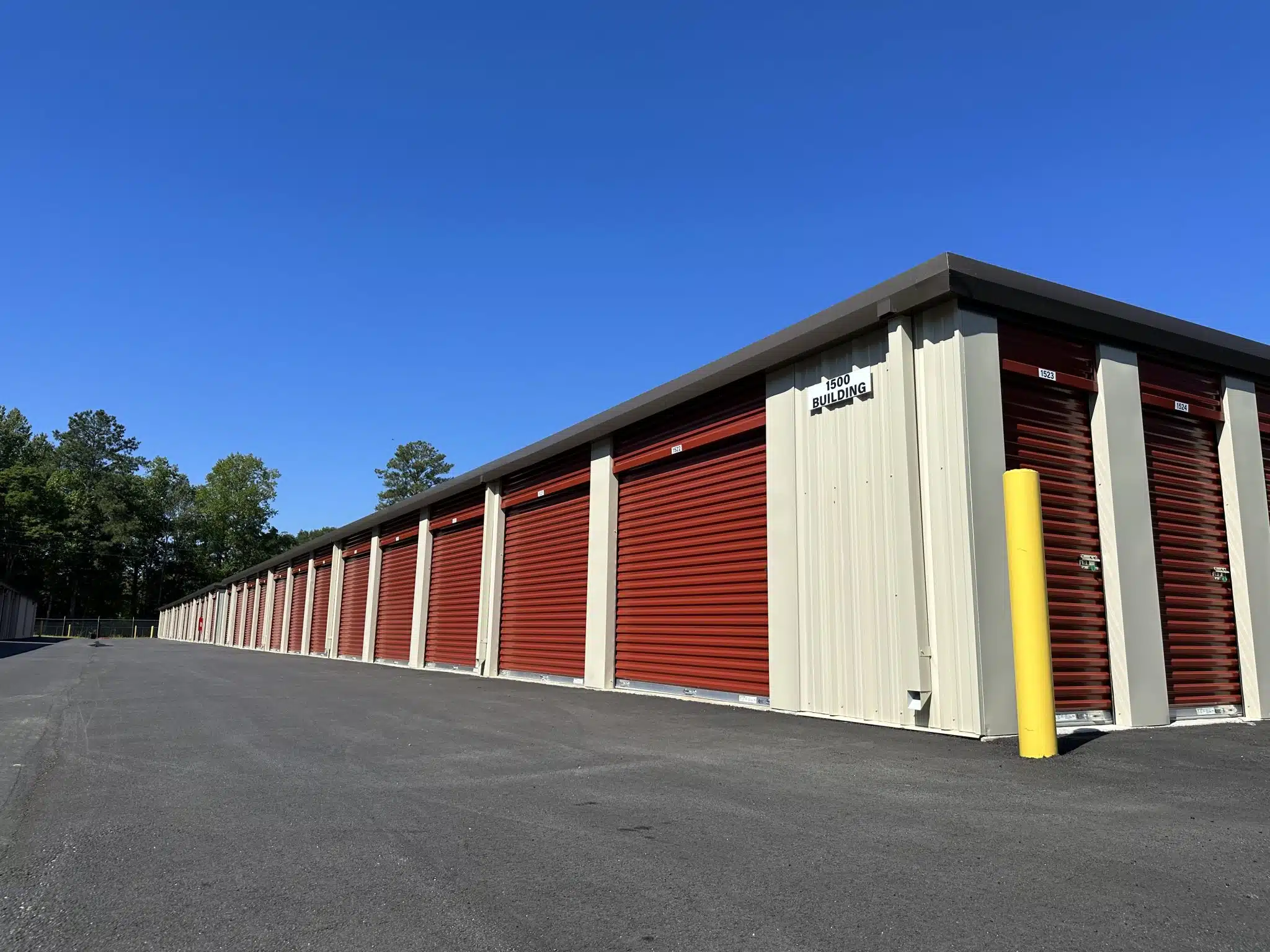There are a number of construction methods available for creating a new structure, whether it is for residential, business, or even agricultural usage. Post frame buildings and traditional framed buildings are two common options among them, each with unique benefits and features. Knowing the distinctions between these two building techniques will enable you to choose the best option for your particular requirements. Let’s examine the differences between the two.
Definition and Construction Techniques
Post Frame Buildings: When building a post frame structure, which is frequently connected to “pole barns,” big posts or poles are sunk in the ground or fastened to a concrete foundation. The outside walls of the building can be non-load bearing, allowing for more design flexibility, and these posts support the roof. This approach is known for being economical and easy to assemble quickly.
Conventional Framed Buildings:Often called stick framing, conventional framing starts with a continuous base that is connected by floor systems, walls, and roof trusses. Smaller dimensional lumber is frequently employed in this style of construction to create a recognizable and sturdy building structure in both residential and commercial buildings.
Key Differences
1. Foundation and Structural Support
- Post Frame: Makes use of bigger, more numerous posts that are placed farther apart. As a result, there are fewer foundation points, which can drastically lower the cost of foundation installation and site preparation.
- Conventional Frame: Demands a continuous foundation, which usually necessitates more digging and concrete, raising the cost and duration of building.
2. Construction Speed and Efficiency
- Post Frame: Post frame buildings can be constructed considerably more quickly because of its straightforward design and lower material requirements. This rapid construction allows for speedier occupancy and lower labor costs.
- Conventional Frame: Often takes longer to produce since it requires more procedures and supplies.
3. Flexibility in Design
- Post Frame: Huge open areas throughout the structure are made possible by the huge intervals between posts, providing greater interior arrangement flexibility. For huge gear or equipment utilization, such as in warehouses, agricultural buildings, or workshops, this is very beneficial.
- Conventional Frame: Although they provide a wide range of architectural possibilities, the open space inside a building may be restricted since the distance between support systems like studs and trusses is usually closer.
4. Energy Efficiency
- Post Frame: Because there is a lot of space between the structural supports, it is easy to put dense insulation in the walls and roofing. As a result, energy efficiency may improve.
- Conventional Frame: The procedure is frequently more expensive and labor-intensive because of the closer spacing between the framing components, even if it can also be well-insulated.
5. Cost Considerations
- Post Frame: Usually less expensive since they require less labor, fewer resources, and take less time to manufacture.
- Conventional Frame: Tends to be more costly because it uses more materials, requires more labor, and could cost more for foundation and framing supplies.
Choosing the Right Construction Method
Your choice between post frame and conventional frame construction should depend on several factors, including:
- Budget: How much are you willing to spend?
- Purpose of the Building: What will the building be used for?
- Design Requirements: Are large open spaces necessary?
- Local Building Codes: What are the construction requirements or limitations in your area?
Both construction methods offer unique benefits, and the best choice will vary depending on the specific requirements of your project. Post frame buildings are excellent for cost-effective, large-scale constructions, whereas conventional framed buildings are ideal for traditional residential or commercial constructions where familiarity and specific structural design are preferred.
By understanding these differences, you’re better equipped to make the right decision for your next construction project, ensuring it meets your long-term needs and preferences.
Click here to have an overview of our service





